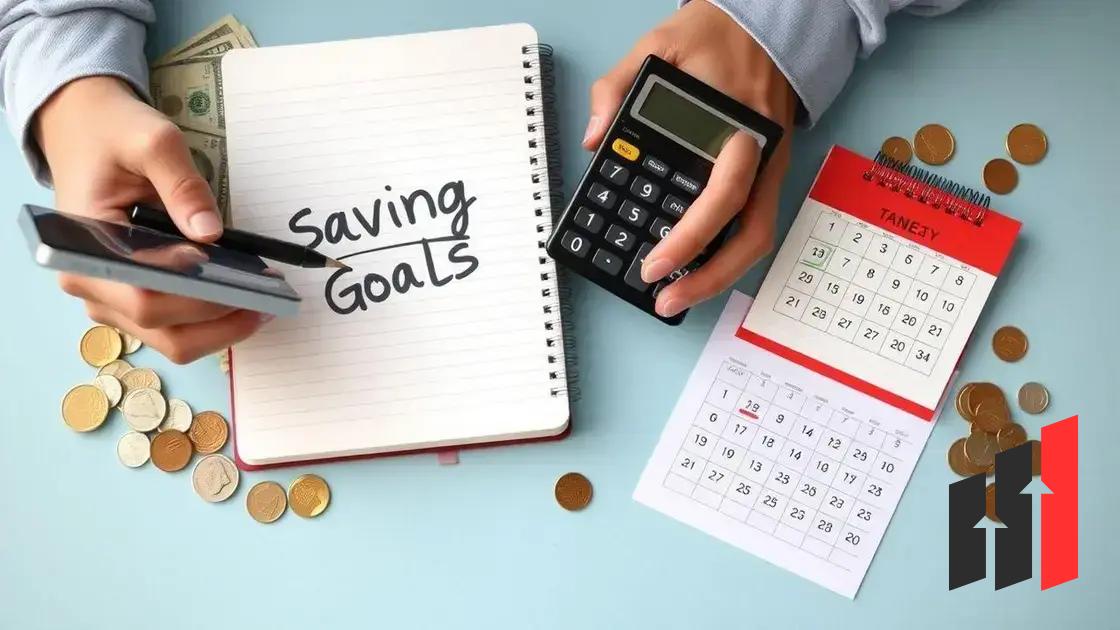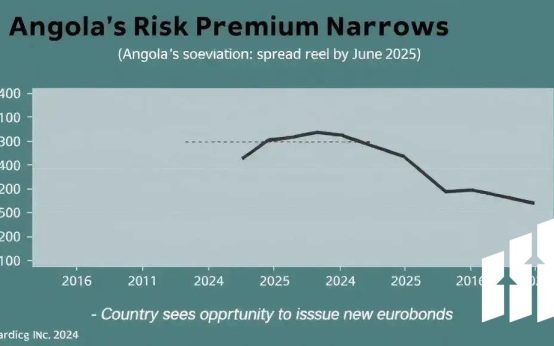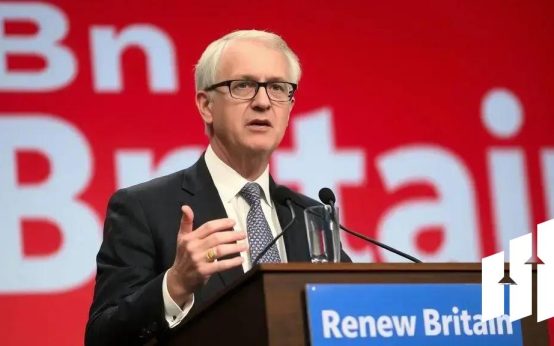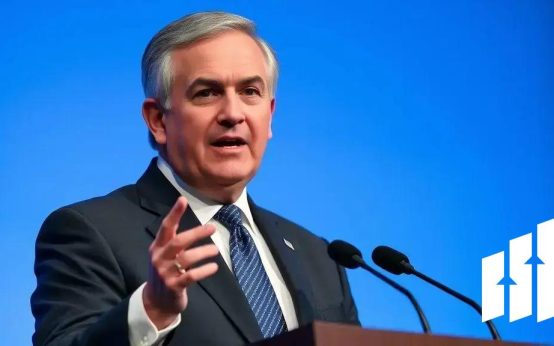How to build an emergency fund involves setting realistic savings goals, choosing safe and accessible accounts like high-yield savings, saving consistently, minimizing withdrawals, and regularly reviewing your fund to ensure financial stability during unexpected expenses.
How to build an emergency fund is a question many of us ask when unexpected expenses show up. Have you ever wondered how some people manage to stay calm during financial surprises? The secret often lies in having a solid safety net, and this article walks you through creating yours without stress.
Understanding what an emergency fund is
An emergency fund is a reserve of money set aside to cover unexpected expenses or financial emergencies, such as medical bills, car repairs, or sudden job loss. It’s designed to provide a financial safety net that helps you avoid debt when life throws surprises your way.
Most experts recommend saving enough to cover three to six months of living expenses. This means calculating how much you spend monthly on essentials like rent, food, utilities, and transportation. Knowing this number helps you set a clear goal for your fund.
Having an emergency fund is crucial because it reduces financial stress and gives you more control over your money. Without one, even small emergencies can lead to high-interest debt or force you to borrow from friends or family.
The money in your emergency fund should be kept accessible but separate from your everyday spending money. Popular places to keep these savings are high-yield savings accounts or money market accounts, where you can earn some interest while still being able to withdraw quickly when needed.
Setting realistic savings goals

Setting realistic savings goals is essential when building an emergency fund. Start by calculating your monthly expenses, including rent, groceries, bills, and transportation. This helps you identify how much money you need to cover your essentials in case of emergencies.
Break your final target into smaller milestones to make saving less overwhelming. For example, if your goal is to save three months’ worth of expenses, start by aiming for one month, then gradually increase your goal as you reach each milestone.
Use a budget to track your income and spending. This will help you find areas where you can cut back and increase the amount you save every month. Even small adjustments like making coffee at home or reducing subscriptions can add up.
Be realistic with the time frame you set for your savings goal. It’s better to save consistently over a longer period than to set an impossible goal that causes frustration or burnout.
Review your goals regularly and adjust them if your expenses or income change. Staying flexible will help you stay motivated and on track to build your emergency fund.
Practical ways to start saving money
There are many practical ways to start saving money for your emergency fund, even if your budget feels tight. One effective tip is to automate your savings by setting up a direct transfer from your checking account to a savings account each payday. This way, saving becomes a habit, and you won’t forget to put money aside.
Look for everyday expenses where you can cut back without feeling deprived. For example, try brewing coffee at home instead of buying it, cooking meals instead of dining out, or cancelling unused subscriptions. These small changes can free up cash quickly.
Another method is to collect spare change or small cash amounts and deposit them regularly. Over time, this can add up surprisingly fast.
Track your progress by periodically reviewing your savings to stay motivated. Celebrate milestones, like saving your first $500, as these moments encourage you to keep going.
Lastly, consider finding additional income sources, such as freelance work or selling items you no longer need, to boost your savings more quickly.
How to choose the right place to keep your fund

Choosing the right place to keep your emergency fund is important to ensure your money is both safe and accessible when needed. The key is to find an account that combines ease of access with security.
High-yield savings accounts are a popular choice as they offer higher interest rates than traditional savings accounts, helping your fund grow over time while keeping your money liquid. Avoid investments with market risks, as the goal of an emergency fund is stability, not growth.
Another option is money market accounts, which usually provide competitive interest rates and allow limited check-writing privileges, adding some flexibility.
Make sure the institution you choose is federally insured (such as FDIC or NCUA insurance), protecting your money up to the allowed limits in case of bank failure.
Avoid tying up your emergency fund in certificates of deposit (CDs) or retirement accounts unless you can access the money without penalties because emergencies usually require immediate access.
Consider convenience as well – choose an account linked to your main bank to allow quick transfers, making it easier to use your emergency fund exactly when you need it.
Tips to maintain and grow your emergency savings
To maintain and grow your emergency savings, it’s important to treat your fund with care and discipline. Start by avoiding withdrawals unless there’s a true emergency. This keeps your fund intact and ready for unexpected expenses.
Regularly contribute to your savings, even if it’s a small amount. Setting up automatic transfers from your checking to your savings account helps make this a habit.
Review your emergency fund annually to adjust for changes in your expenses or financial situation. If your costs rise, consider increasing your savings goal.
Look for ways to earn interest on your emergency fund by keeping it in a high-yield savings or money market account. This helps your savings grow slowly without risk.
Finally, avoid mixing your emergency fund with other savings goals. Keeping it separate helps you resist the temptation to dip into it for non-emergencies and ensures it’s available when you truly need it.
Building your emergency fund is a smart step toward financial security
Creating and maintaining an emergency fund gives you peace of mind and freedom during unexpected situations. By setting clear goals, saving consistently, and choosing the right place for your money, you build a strong safety net.
Remember to stay disciplined and review your savings regularly to keep up with changes in your life. Small, steady efforts can lead to big results over time.
Taking control of your emergency fund is a powerful way to protect yourself and your family from financial stress. Start today and watch your savings grow.
FAQ – How to Build an Emergency Fund
What is an emergency fund and why is it important?
An emergency fund is money saved to cover unexpected expenses. It helps you avoid debt and financial stress during emergencies.
How much should I save in my emergency fund?
Experts recommend saving three to six months’ worth of essential living expenses to cover most emergencies.
Where is the best place to keep my emergency fund?
High-yield savings accounts or money market accounts are ideal because they are safe, accessible, and earn some interest.
How can I start saving if I have a tight budget?
Start by setting small, realistic goals, automating savings, and cutting back on non-essential expenses like eating out or subscriptions.
How often should I review my emergency fund?
It’s good to review your emergency fund annually or whenever your financial situation or expenses change significantly.
Can I use my emergency fund for non-emergencies?
It’s best to use your emergency fund only for true emergencies to keep it intact and ready when you really need it.


 Miran Highlights Dual Goals of Fed and Interest Rate Outlook
Miran Highlights Dual Goals of Fed and Interest Rate Outlook  Are You a Robot? Unusual Activity Detected on Bloomberg
Are You a Robot? Unusual Activity Detected on Bloomberg  Keir Starmer Leads Business Delegation to India for Trade Pact
Keir Starmer Leads Business Delegation to India for Trade Pact  Takaichi Appoints Ex-Finance Minister as Secretary General of LDP
Takaichi Appoints Ex-Finance Minister as Secretary General of LDP  Argentina Continues Dollar Sales Amid Weakened Peso Crisis
Argentina Continues Dollar Sales Amid Weakened Peso Crisis  White House Calls on Democrats to Resolve Ongoing Government Shutdown
White House Calls on Democrats to Resolve Ongoing Government Shutdown